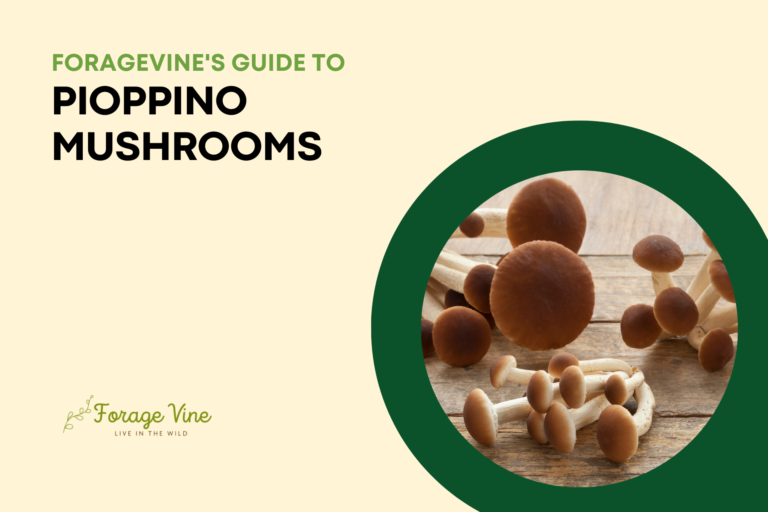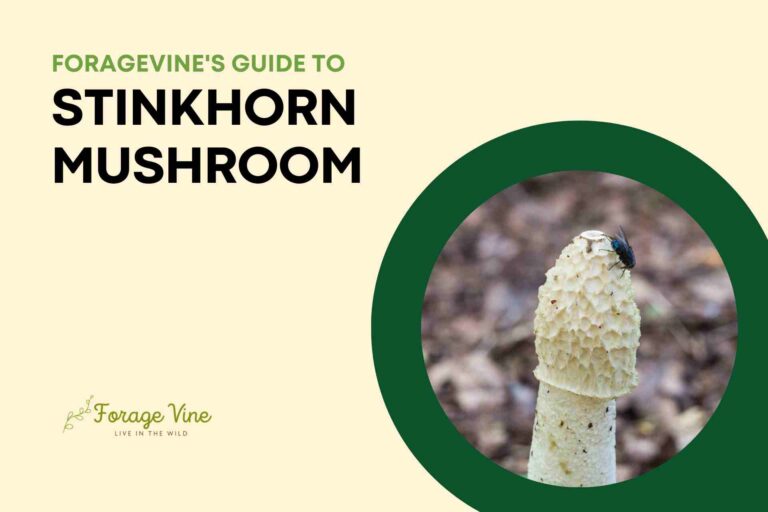Bird Pepper: Scoville Scale Rank, Medicinal Benefits & Plant Care
Bird pepper, also known as birdseye chili (or simply ‘chili’), is a versatile and essential ingredient in many culinary dishes, from cheeseburgers to stir-fries. It has been celebrated for its medicinal properties for centuries and is renowned for the extreme heat that it adds to food.
So hot that it ranks on the Scoville scale, which measures how spicy foods are – making it one of the spicier varieties of chilies! But bird peppers have much more to offer than just spice.
In addition to their heat profile, they can provide various health benefits due to their high vitamin C and A levels, carotenoids, fiber, and minerals such as potassium. If you’re looking for ways to add some serious flavor (and maybe a little heat!) to your next meal – look no further than this amazing pepper!
Read on and find out more about cultivating them at home or finding them at markets near you; plus, learn all you need to know about Scoville rankings and medicinal values associated with Bird Pepper plants — so let’s get started now!
What Is Bird Pepper & How Does it Rank on the Scoville Scale
The bird pepper is an incredibly powerful and flavorful chili from Mexico. It is one of the hottest chili peppers, having a Scoville Scale rank ranging from 125,000 to 325,000. Its shape and size are very distinctive, being pyramidal-shaped and fairly small compared to other peppers. Despite its striking heat level, the bird pepper has an enjoyable flavor with notes of citrus-like zest and a smokiness that builds in intensity as it matures. Not surprisingly, this chili finds its way into many dishes throughout the culinary culture to bring life and spice! In addition to recipes like Chile de Arbol salsa or chromate sauce, bird peppers are served fresh in tacos or cooked into meat stews for a delectable kick of heat.
Medicinal Benefits of Bird Pepper
Bird Pepper, known as capsicum frutescens, is a small red pepper with medicinal benefits. It is an age-old remedy used in traditional medicine to treat various illnesses. Studies have demonstrated its effectiveness as an anti-inflammatory and analgesic agent, offering some relief from the pain of arthritis and rheumatism.
The active compound capsaicin in bird pepper produces heat but can also decrease feelings of acid indigestion and nausea. Additionally, it has been found to benefit heart health by decreasing high blood pressure and bad cholesterol levels.
Packed with antioxidant properties, bird pepper supplementation can be beneficial in increasing the immune response to fight various infections.
Its consumption may also aid digestion and help regulate blood sugar levels due to its low glycemic index. Therefore, it is clear that although small, bird peppers offer big medicinal benefits to those who use them regularly.
How to Plant & Care for Your Bird Pepper Plants
Bird pepper plants are a great addition to any garden, offering various appealing colors, flavors, and aromas. With some basic know-how, anyone can successfully grow bird pepper plants in their backyard! Planting bird peppers is relatively easy; start the plants indoors in larger pots, then transfer the seedlings to smaller planter boxes outdoors for better sun exposure.
For proper care, keep the plant’s soil evenly moist throughout the growing season by thorough watering but do not saturate the soil. To maximize growth potential and avoid wilting or drying out of your bird pepper plants, apply ample mulch around each one.
Finally, feeding your bird pepper plants with either a slow-release fertilizer or an organic soluble one is important to provide the necessary nutrients for healthy growth.
Tips for Getting the Most Out of Your Bird Pepper Harvest
For those planning to harvest bird pepper this season, there are a few tips to ensure you get the most out of your crop:
- Hand-pick your peppers and remove any with soft spots or blemishes.
- Picking at the base of the stem minimizes the potential for disease spread, and it is important to regularly monitor your pepper plants for signs of pests or infections. To preserve the quality of your peppers, store them correctly (clean in a cool, dry place) and avoid washing them before using them, as this will prematurely reduce shelf life.
- Chilis that have been adequately cured can be left on the plant until they reach desired ripeness levels and can then be harvested just in time for use in amazing meals!
Creative Ways to Use Bird Pepper in Cooking
Bird pepper is a spicy chili pepper that can be used creatively when cooking. It adds a flavorful kick to dishes and can also be marinated and dried, making it a versatile addition to any kitchen pantry.
To get the most out of its flavors, add it to popcorn for an unexpected flavor combination.
You could also try making homemade roasted pepper salsa or hot sauce by blending bird peppers with tomatoes, onions, and garlic for a sweet and spicy condiment that goes on almost everything.
Additionally, if your meal needs a touch of heat, you can chop pieces of bird pepper and add them directly to the dish. But be sure not to add too much -it packs a punch!
A Simple Recipe for Pickled Bird Peppers
If you want to improve your culinary skills, pickled bird peppers are an excellent choice. They can transform any meal into a festive occasion with their unique flavor and crunchy texture.
To make this tasty snack, you’ll need a few simple ingredients: fresh bird peppers, white vinegar, sugar, salt, and garlic.
Start by slicing each pepper in half lengthwise and removing all seeds and membranes. Soak the peppers in ice water for a few minutes before bringing the vinegar, sugar, and salt to a boil in a large pot.
Next, add the peppers to the pot and lower the heat – simmer for about 20 minutes or until all vegetables are crisp-tender. Finally, finish with some minced garlic before ladling it into jars or plastic containers for storage. The result? A delicious side dish that will add flavor and excitement to any meal.
Bird peppers are an exciting and flavorful addition to any garden. They offer a variety of health benefits and add a unique kick to dishes when used in cooking. You’ll have no shortage of creative ideas for using your crop, from the traditional pickled bird peppers to the bold flavors in sauces and salsas.
You can get the most out of your bird pepper plants with proper planting, care, and harvesting techniques while enjoying their exciting potency. If you want something to spice up your garden and dinner table, look no further than the bird pepper!



